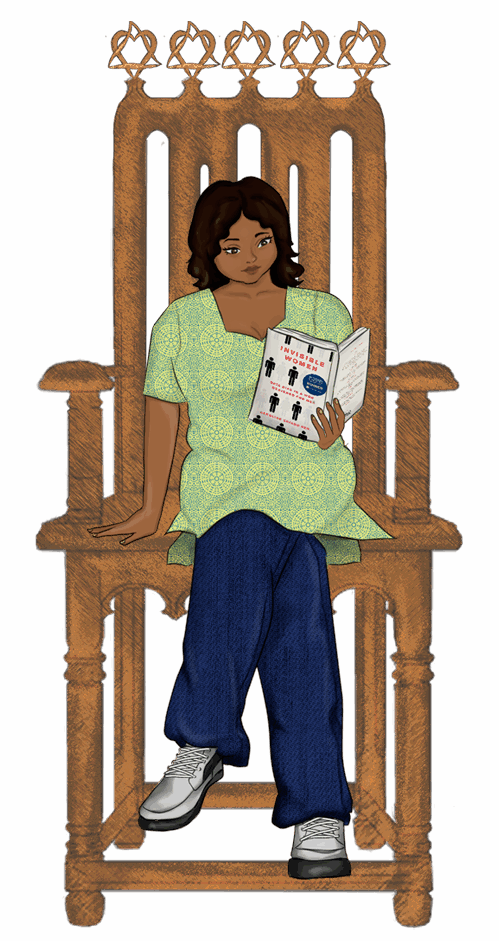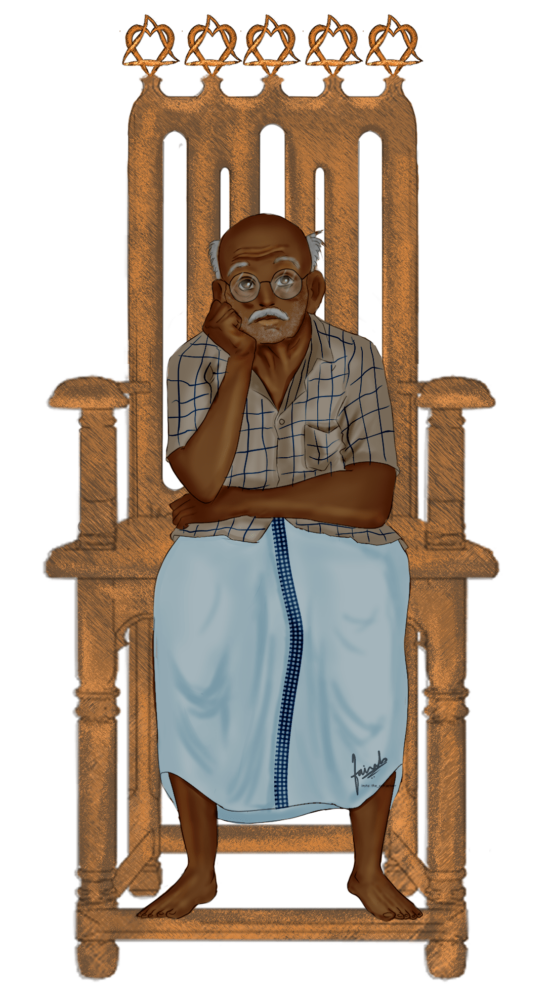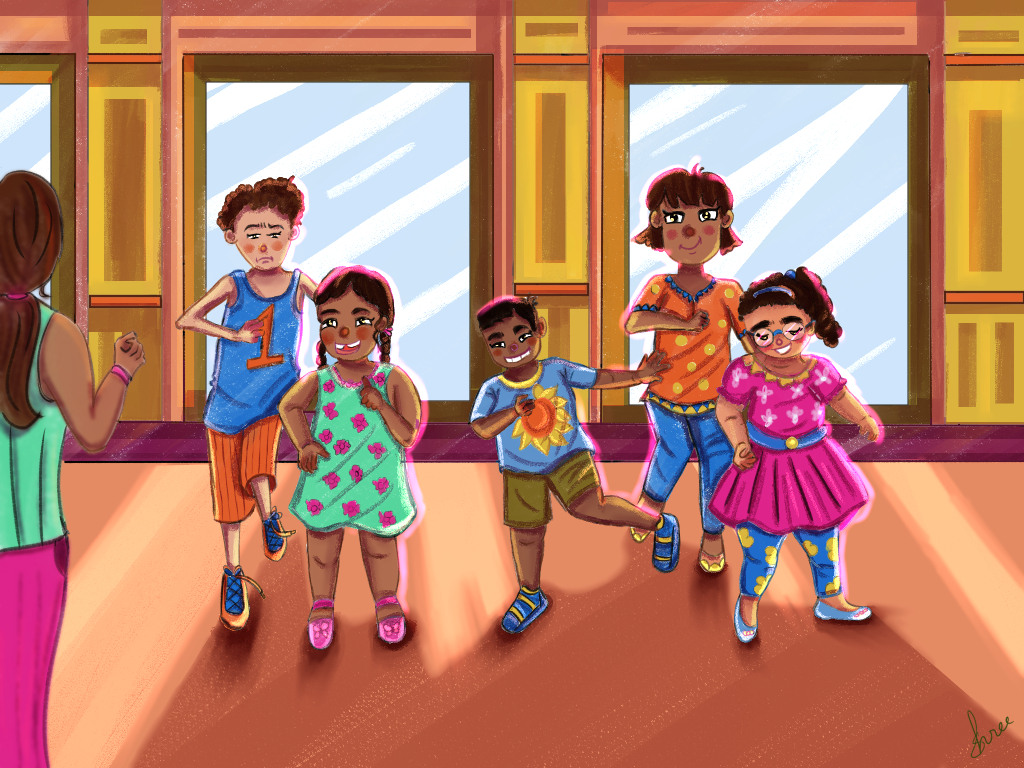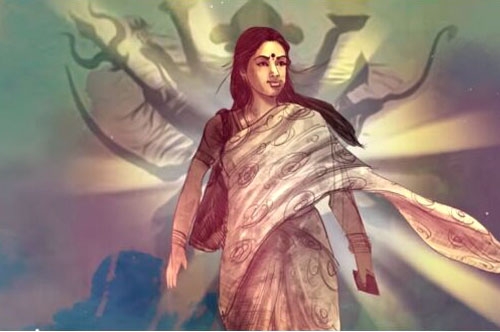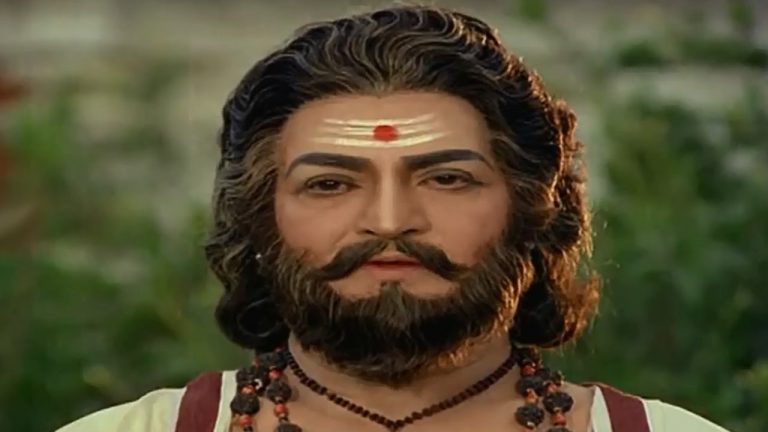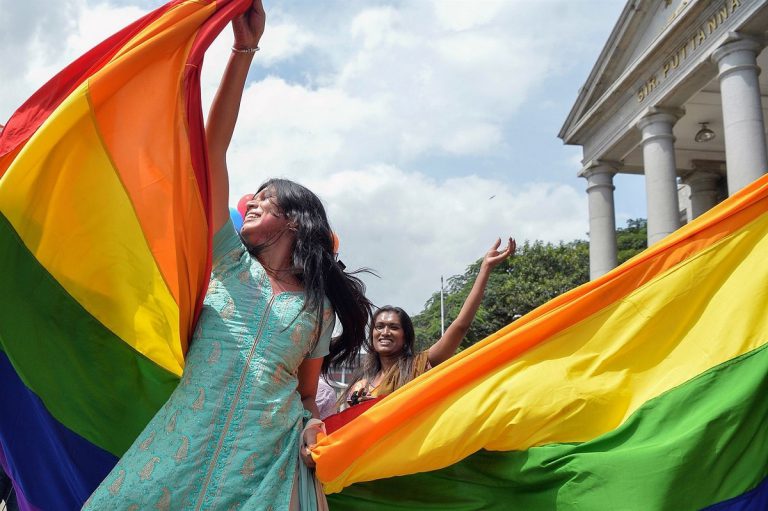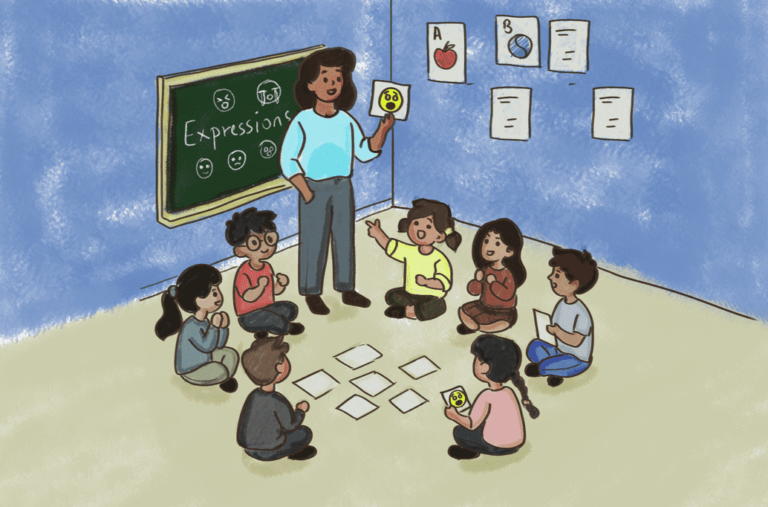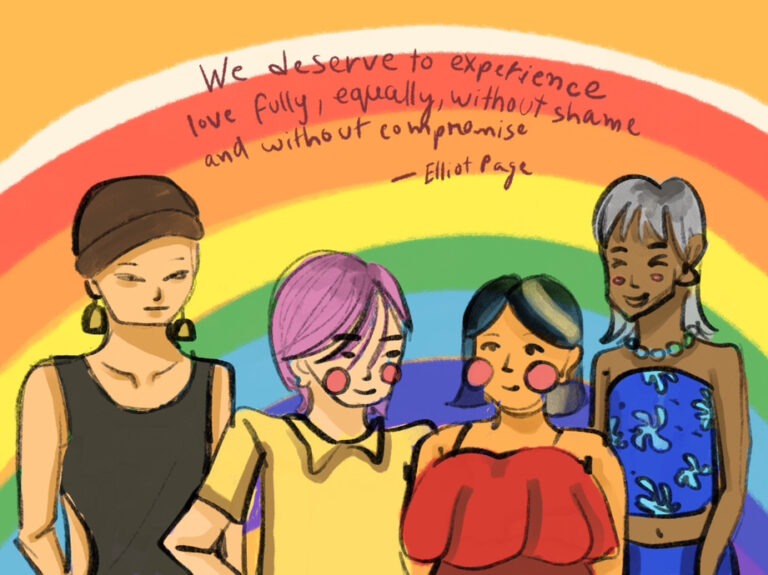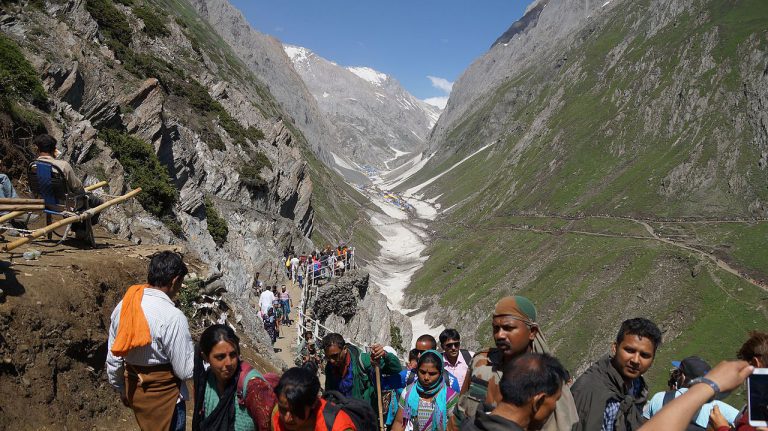Zumba for students: A fresh beat for Kerala schools?
Dr. Jayan Philip is a Contributing Writer at The ArmChair Journal. His career as an educator spans over three decades, encompassing roles both in India and abroad. His passion for knowledge dissemination extends beyond traditional teaching to include extensive experience as a quiz master. His two forthcoming books are The Indomitable Gandhi, The Indefatigable Gandhi and Quintessentially Quizzical. He believes that through an understanding of history, individuals can gain valuable insights into both the triumphs and tribulations of the past, thereby enhancing their ability to make informed decisions and cultivate critical thinking skills in the present day.
School life is often portrayed as the best phase in life, as the primary concern is the grades scored at the end of the final term, and a new beginning awaits the learner within a few months. The child marches into school with the usual energy and vibrancy prevalent in childhood, but a world unknown to be explored within and beyond the classroom. Primary and Secondary education across the world have undergone massive changes and reforms being implemented with the sole purpose of bringing in the intended learning outcomes constructively and positively.
A Zumba dance is a form of dance among the many past and present. It transcends borders as music unites people of all races irrespective of linguistic and ethnic divisions. I was in Hanoi (Vietnam) recently and enjoyed a stroll around a lake in the city area before we proceeded to the busy and bustling centre of attraction in Hanoi – Train Street. In both places, I was not surprised but rather amused and thrilled to see people of all age groups listening to music or forming small groups by the lakeside with loudspeakers, moving to the beats, taps, and claps of the successive musical notes. This went on in spite of the inclement weather and the drizzles, which were not a hindrance or a hurdle.
Music has the power to connect, provoke, and ignite passion and pride. It also brings to light hidden emotions—bonds of love, patriotism, and a sense of togetherness. To those who oppose this government decision of compulsory Zuma classes after school in Kerala, I would say: this is a bold, path-breaking initiative. If we can see others dance, why not allow the children to dance? It is refreshingly out-of-the-box, encouraging movement, fitness, and well-being. More importantly, it has the potential to awaken young minds—minds that may one day go on to transform lives.
Zumba is a high energy intense dance program which is popular among all gyms and recreational areas. It was first introduced by Alberto Perez in the 1990s and is mostly a combination of salsa, samba, hip-hop, and cumbia dance forms. It helps in muscle toning, enhances agility and movement, and burns calories per person, which I feel is the need of the hour, especially in urban India, where obesity is a significant problem due to poor food choices and a sedentary lifestyle.
Holistic learning is an integral part of the teaching processes and practices across different national and international curricula. The interconnectedness of different aspects of learning – intellectual, social, emotional and creative elements of which dancing is one component has to be seamlessly integrated to make our children true World Citizens in thinking and action. This helps the child to master the skill sets to navigate a complex and competitive world of today.
In 32 years of my career as an educator, I am convinced that grades do not shape or define a person. It is the inward manifestations of character that will make the child of today and the leader of tomorrow an impactful individual in the community or the societies he or she belongs to. I am strongly in agreement with John Dewey, who said, “Education is not a preparation for life, education is life itself.” Let this life be fun-filled, research-oriented, inquiry-based, where academic excellence is defined not in terms of grades only, but ideas and innovations which can be path-breaking.
We all belong to different faiths, which do have different interpretations of the doctrines and manifestations enshrined in the holy scriptures across the polytheistic and monotheistic religions of today, but that cannot act as barriers in education, as it will fundamentally alter the political discourse and the progressive social order. Religion in politics can be decisive, divisive and destructive in the long term and can have wider ramifications within and outside the state. This holds for education also, as the state decides and implements the curriculum framework and the syllabi in most cases, except with minor exceptions of schools following international curricula like IB or IGCSE.
During his address to the Indian parliament in 2010, President Barack Obama said, “I don’t think India is emerging — it has emerged. India is a key actor on the world stage.”
It is this India of our dreams that we have to build and help stand out in the comity of nations and not be pursued or blown away by indoctrinations of any kind or type.
As India is on the move and is one of the top five economies of the world today, our children who are our greatest assets in the task of nation building need to master skills not just to excel academically but also bring to the table the attributes of confidence, persuasion, enterprise, scientific bent of mind and most importantly good citizenship.
When a run is hit or a goal is scored for India, when our Chandrayan landed safely on the south pole of the moon, when the tricolour is displayed – don’t we or shouldn’t we dance for India? So, Zumba classes after school, in school, why not?
References
- Indian Express. (2024, May 5). Zumba Kerala controversy: Meaning explained. Indian Express. Retrieved July 2, 2025, from https://indianexpress.com/article/explained/everyday-explainers/zumba-kerala-controversy-meaning-10096255/
- History Timelines. (n.d.). Zumba timeline. Retrieved July 2, 2025, from https://historytimelines.co/timeline/zumba
- The Education Hub. (n.d.). Dewey’s educational philosophy. The Education Hub. Retrieved July 2, 2025, from https://theeducationhub.org.nz/deweys-educational-philosophy/
